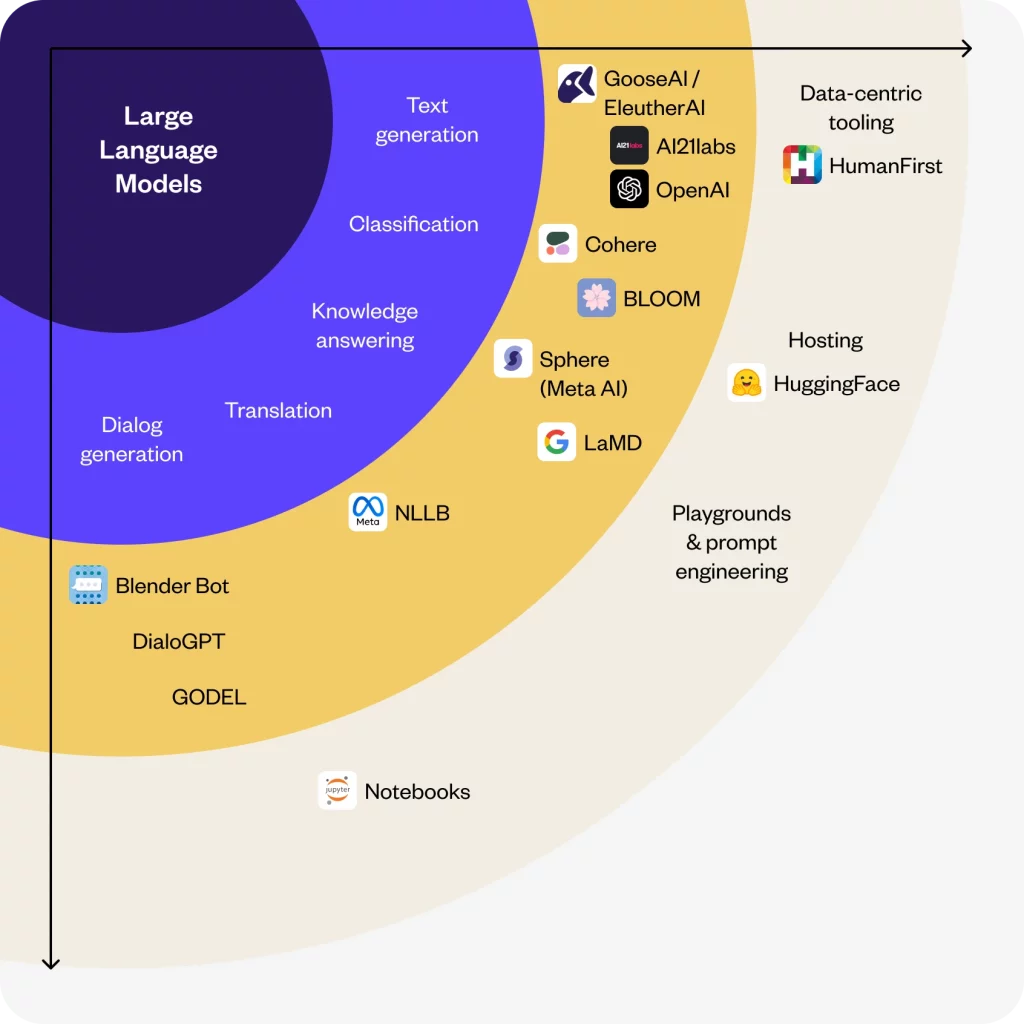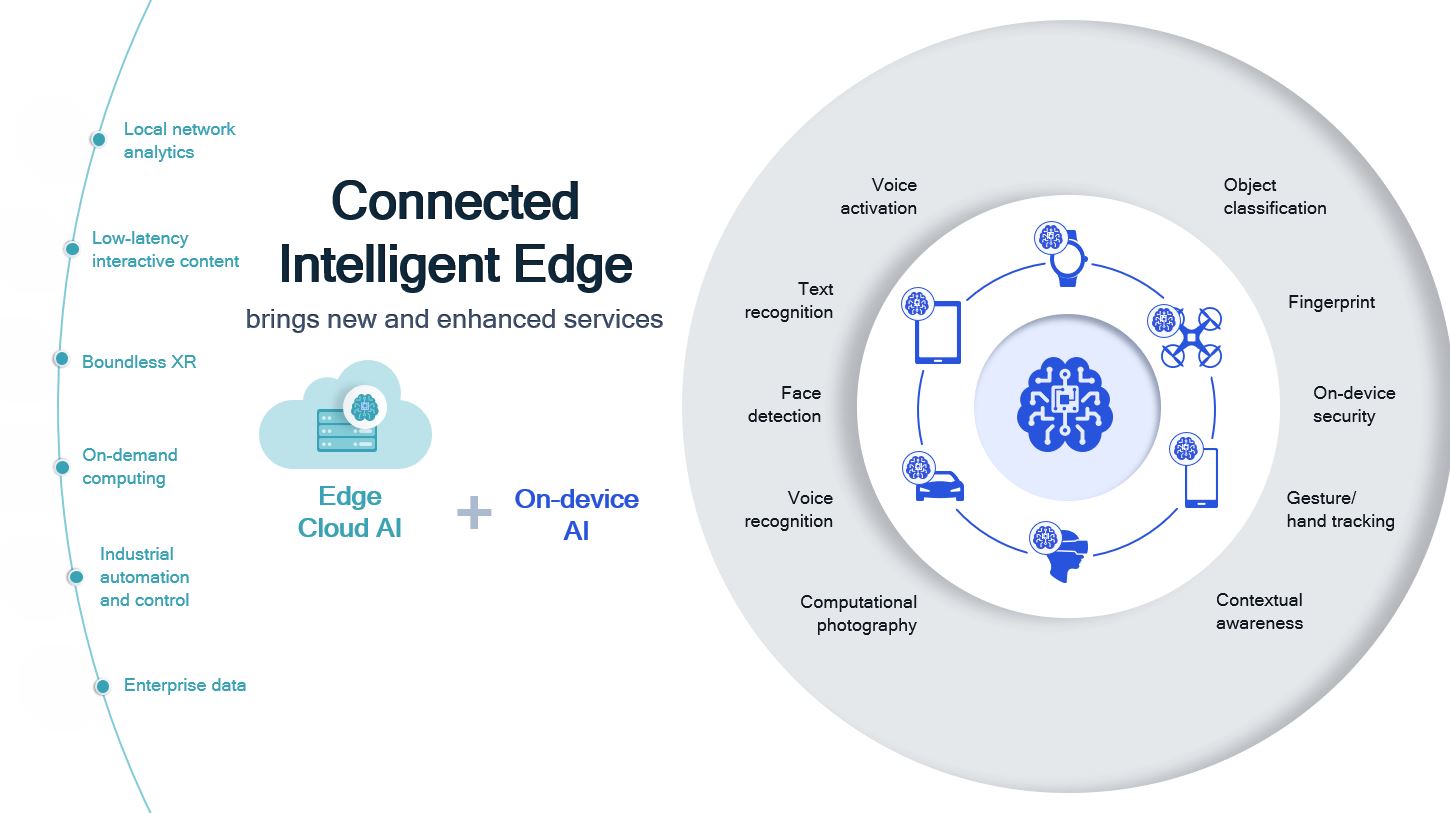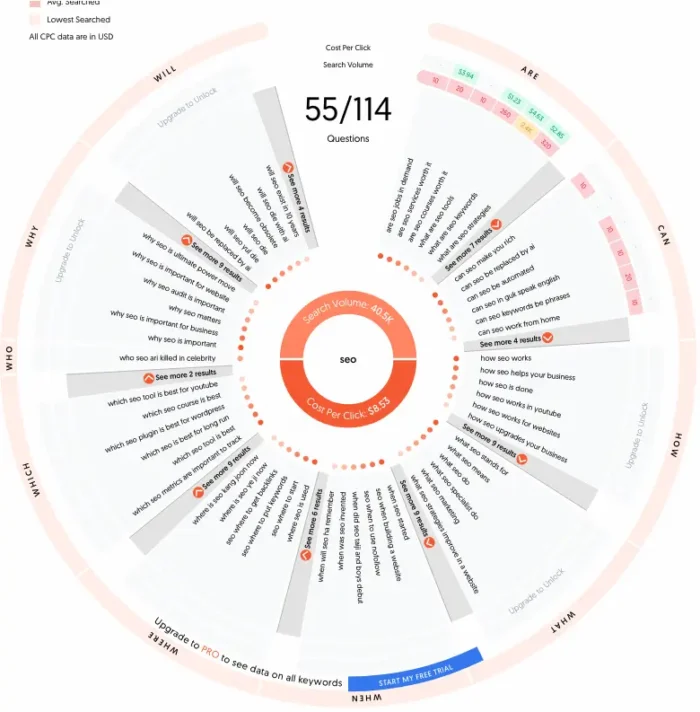In today's digital landscape, voice search is changing how users access information. With advancements in artificial intelligence (AI), including natural language processing and machine learning, the effectiveness and accuracy of voice search have significantly improved. These innovations are not only shifting user expectations but also redefining the strategies you need to adopt to stay competitive as a content creator or SEO specialist. This guide provides practical insights that will help you optimize your content for voice search and effectively leverage AI.
The popularity of voice search is steadily increasing. According to a report by Demand Sage, a growing percentage of users prefer conversational interactions over traditional text-based searches. Additionally, in 2024, 66% of users reported issues with accent recognition, underscoring both the importance of optimizing for diverse voices and the potential barriers that exist. Understanding these dynamics will equip you to create content that ranks well in voice search while aligning with user intent.
In this comprehensive guide, you will find answers to relevant questions: How can your content rank better in voice searches? What role does AI play in voice search optimization? How should you structure your content effectively? We'll address these questions and more, ensuring you have actionable insights that enhance your voice search strategies.
Unveiling the Hidden World of Voice Search Optimization
As voice search reshapes the SEO landscape, understanding its significance and how it integrates with technology is crucial. Voice search allows users to engage with devices using spoken language, making interactions more natural and intuitive. This shift requires you to adapt your strategies accordingly.
The rise of voice search is key to developing a competitive edge in today's digital landscape. Research from Demand Sage indicates that voice searches are typically longer, averaging about 29-30 words. Users often articulate more complex inquiries, so recognizing these patterns is vital for crafting your content to meet user expectations effectively.
Importance of Local SEO
Local SEO plays an essential role in voice search, as users frequently search for services or information relevant to their immediate surroundings. For instance, if someone says, "Where can I find a coffee shop nearby?" they expect precise, location-based results. By optimizing for these types of queries, you can enhance your visibility and increase your chances of being featured by voice assistants.
The impact of AI on voice recognition also matters significantly. Advanced AI models, such as Google Gemini, improve contextual understanding and language processing. These models can decipher user inquiries with greater accuracy, which directly influences your chances of ranking higher in voice searches.
Graph showing the growth of voice search usage over the years (Source: Demand Sage)
Harnessing AI for Superior Voice Recognition
One of the most important advancements in voice search is the integration of AI technologies, particularly Large Language Models (LLMs) like Google Gemini. These models excel at understanding complex queries, making them invaluable for voice recognition systems.
LLMs utilize sophisticated algorithms to interpret user intent, resulting in more relevant responses. They can effortlessly handle accents, colloquialisms, and specialized terminology, which often pose challenges for simpler AI systems. By implementing LLMs, you are positioning your content for improved accuracy in voice search results.
The Role of Self-Supervised Learning
Self-supervised learning is a technique that enhances voice recognition accuracy. For instance, Speechmatics employs this method through its Ursa 2 model, leading to significant improvements in recognizing diverse accents. The ability of AI tools to fine-tune their performance based on real-world data creates a more adaptive environment for voice interactions.
Incorporating these advanced AI systems into your strategy can drastically improve the effectiveness of your content. As technologies continue to evolve, so must your methods for responding to user inquiries.

Infographic explaining the impact of LLMs on voice recognition (Source: Yellow.ai)
Cracking the Code: Structuring Content for Voice Search
Creating content that performs well in voice search requires a keen understanding of user behavior and the phrasing they use during queries. Since voice searches tend to be more conversational, it is essential to adapt your content to reflect this style.
Conversational Keywords
Integrating conversational keywords into your content structure is crucial. This involves using phrases that mimic how people naturally speak rather than relying solely on traditional keyword strategies. By focusing on long-tail keywords, you can better position your content to match specific inquiries that users might verbally express.
Additionally, ensuring that your content answers questions directly can help you capture featured snippets. These concise responses are favored by search engines and can be verbally delivered to users by voice assistants.
Using Schema Markup
Deploying schema markup is another effective approach to enhancing your voice search visibility. This structured data helps search engines better understand your content, making it easier for them to present it in relevant search results. Tools are now available that automate schema generation, ensuring that your content is accurately represented.

Visual representation of schema markup for voice search visibility (Source: SEO Testing)
Spotting Trends: Voice Search in 2023 Revealed
Staying informed about voice search trends is essential for optimizing your content strategy. In 2023, two notable trends are emerging: the growth of multimodal experiences and the increasing importance of personalization.
The Emergence of Multimodal Experiences
Users today expect seamless interaction across various devices. As a result, voice search is evolving to incorporate visual elements. For example, imagine users asking their smart speakers for the weather and receiving not only verbal updates but also visual graphics on connected displays.
Personalization Based on User Behavior
Data-driven personalization is on the rise. AI systems are now analyzing user preferences, which allows businesses to create tailored content that resonates better with users. Research indicates that by 2025, 70% of all searches will be voice-based. Businesses that adapt to these trends are poised to thrive in an evolving digital landscape.

Chart reflecting global voice search trends and user behavior patterns (Source: Datareportal)
Aligning Your Content with E-E-A-T Standards for Voice Search
To gain a competitive advantage, it is crucial to align your content with Google's E-E-A-T standards—Experience, Expertise, Authoritativeness, and Trustworthiness. Meeting these guidelines can significantly enhance your visibility and credibility in voice search results.
Understanding E-E-A-T
Experience refers to firsthand knowledge or skill related to your subject matter. Expertise means that content creators should have a deep, demonstrated understanding of their topics, while authoritativeness emphasizes the importance of being recognized as a credible source. Lastly, trustworthiness involves being transparent to ensure that users can rely on your content.
Practical Steps to Establish E-E-A-T
To embody these standards, it is vital to showcase your qualifications, leverage user-generated content like reviews, and consistently provide valuable information. Implementing case studies demonstrating how your content effectively addresses user queries can further bolster your authority.

Case study analysis showcasing the implementation of E-E-A-T standards (Source: Goinflow)
Navigating Privacy in Voice Search: What You Need to Know
As reliance on voice-activated technologies grows, so does the necessity for heightened awareness regarding privacy concerns. Users increasingly scrutinize how their data is collected and utilized, particularly in the context of voice search.
Understanding Data Encryption
One significant way to address privacy concerns is through data encryption. By adopting robust encryption methods, you can safeguard sensitive voice data from unauthorized access. This not only protects user information but also fosters trust.
Meeting Regulatory Requirements
Ensuring compliance with privacy regulations, such as GDPR and HIPAA, is essential. Voice AI systems must follow these guidelines to maintain user trust and avoid potential legal repercussions. Promoting transparency regarding data usage and obtaining user consent are also critical components of successfully navigating these regulations.

Illustration depicting data encryption processes for voice data (Source: Cisco)
Future-Proofing Your Content Strategy with AI and Voice Search
As technology progresses, so too must your content strategies. The integration of 5G and edge computing is set to revolutionize the capabilities of voice AI, influencing how users engage with technology and how you will need to adapt.
Impact of 5G on Voice Search
5G technology offers ultra-low latency, significantly reducing response times for voice searches. This means that users can expect nearly instantaneous results, enhancing the natural feel of voice searches. Research indicates that 5G networks could achieve latency as low as 1 millisecond.
The Role of Edge Computing
Edge computing further enhances voice search functionality by processing data closer to the source, improving both accuracy and efficiency. It enables real-time contextual understanding, allowing voice AI systems to respond accurately to user inquiries.

Visual representation of how 5G technology enhances voice AI functionalities (Source: Qualcomm)
Case Studies: Success Stories in Voice Search Optimization
Real-world examples provide valuable insights. Many businesses have successfully adapted their strategies to optimize for voice search using AI technologies, leading to significant improvements in performance.
Detailed Example of Improvement
Consider a local coffee shop that revamped its content structure to answer specific voice search queries related to coffee and food options. By strategically focusing on conversational keywords and enhancing its presence in local business listings, the coffee shop experienced a considerable increase in foot traffic and online orders.
Leveraging AI for Keyword Research
In another case, a large retail chain utilized AI tools to analyze voice search patterns. By identifying commonly asked questions, they optimized their FAQ sections and product descriptions to better align with user intent, achieving higher visibility in voice search results.

Visual summary of successful voice search optimization case studies (Source: Neil Patel)
Conclusion
In the evolving world of search, optimizing for voice search is essential for any content creator or SEO specialist aiming to maintain relevance in a digital-first environment. By leveraging AI technology, adhering to E-E-A-T guidelines, and staying updated on trends like 5G and edge computing, you can position your content for success in voice search.
As user preferences shift towards more conversational interactions, your strategies must evolve as well. By prioritizing user privacy and security, you can build trust and establish credibility for your brand. Now is the time to embrace these changes—adapt your strategies, and enhance your voice search presence in 2023 and beyond.

கருத்துக்கள் (0)
உள்நுழைக சர்ச்சையில் பங்கேற்க அல்லது .